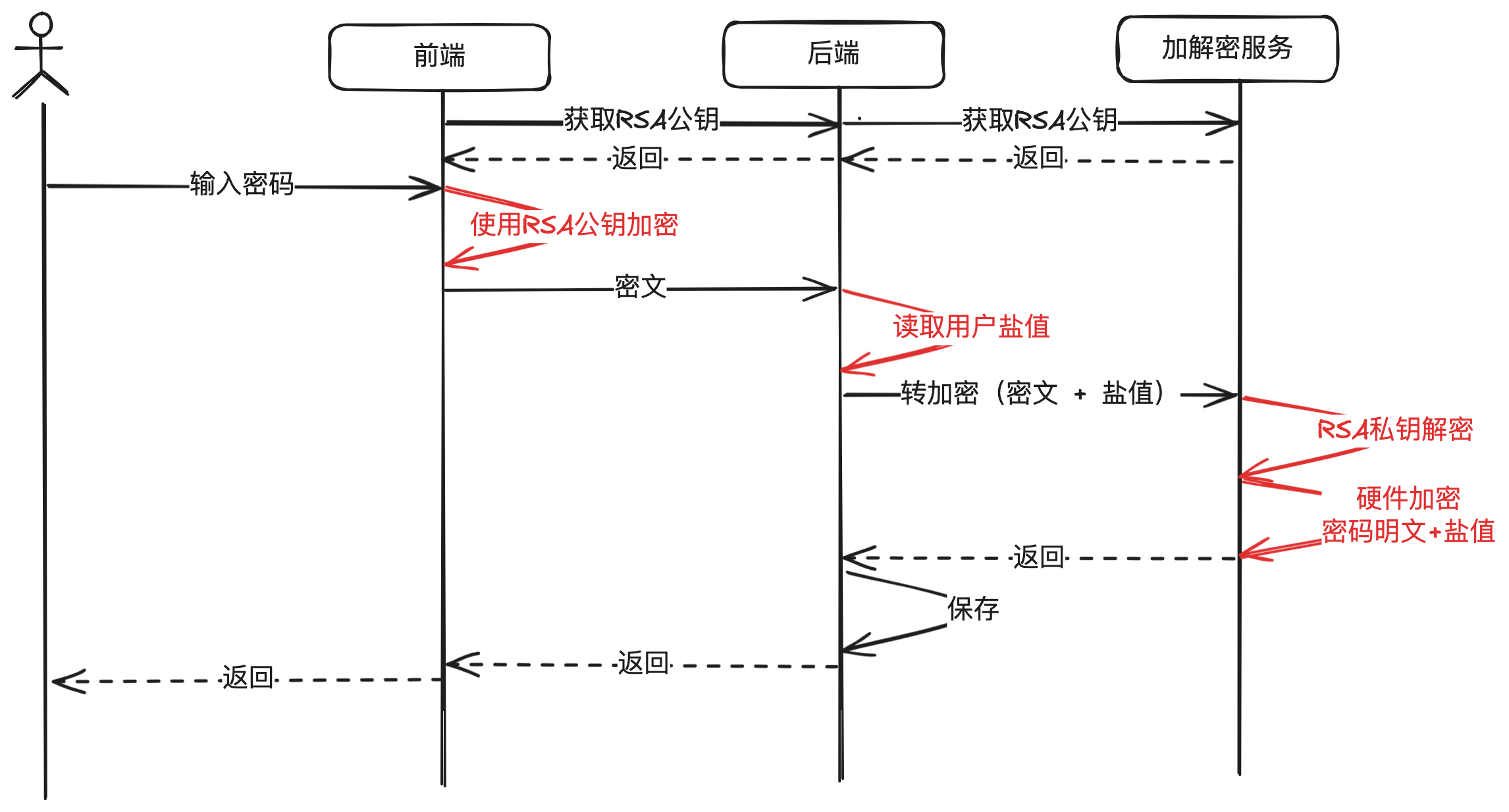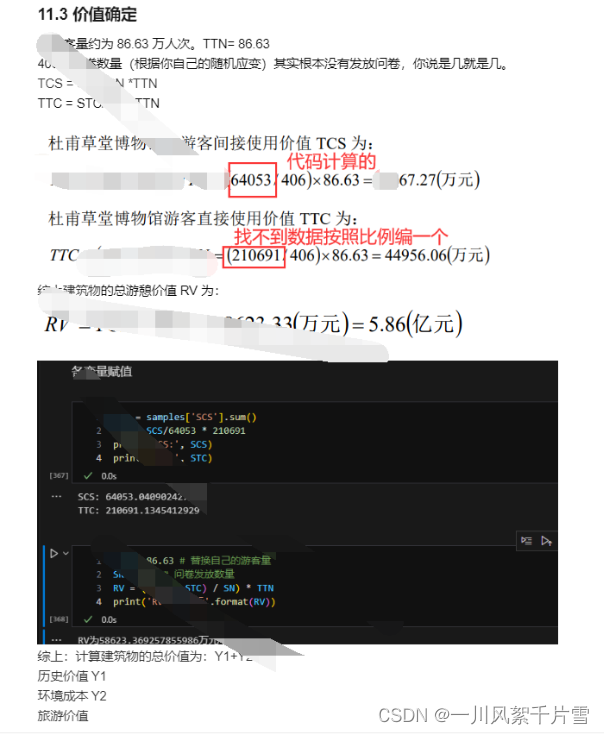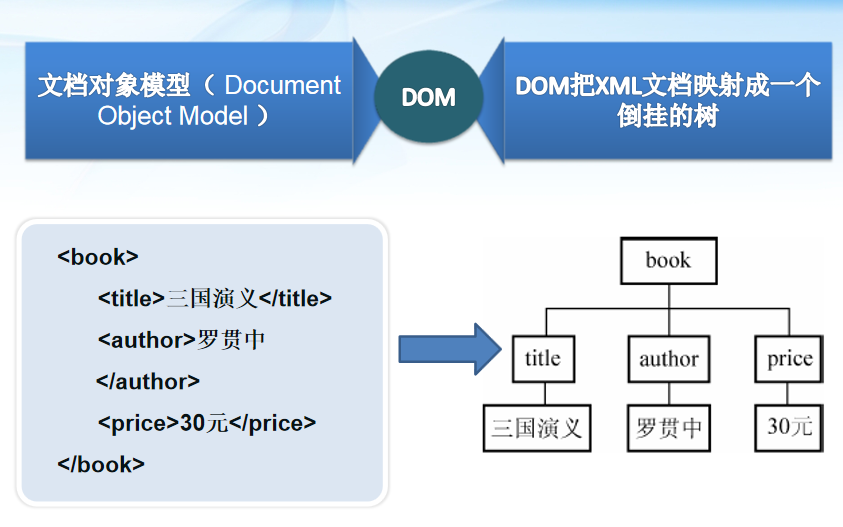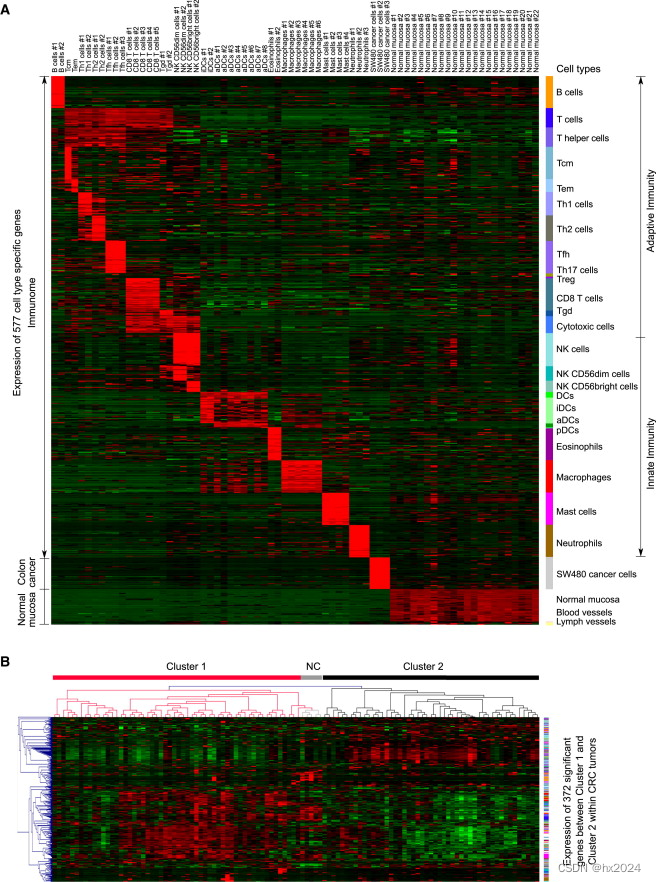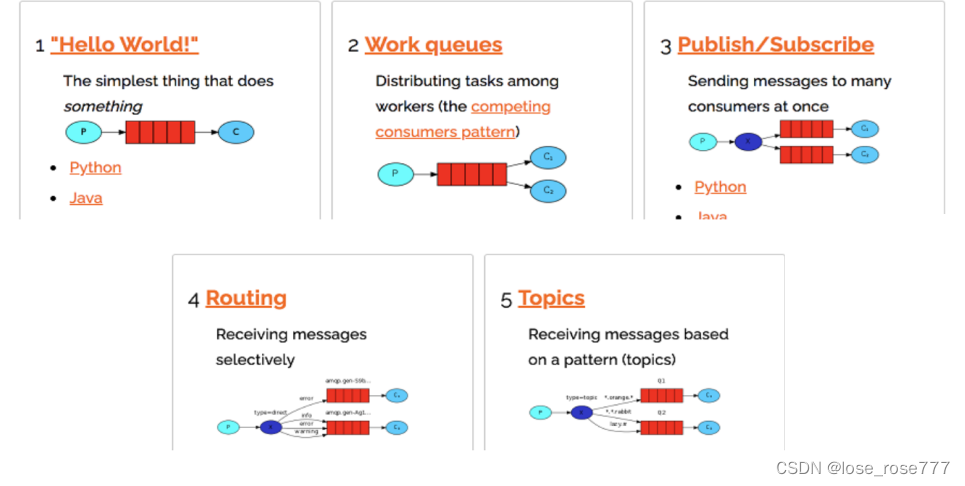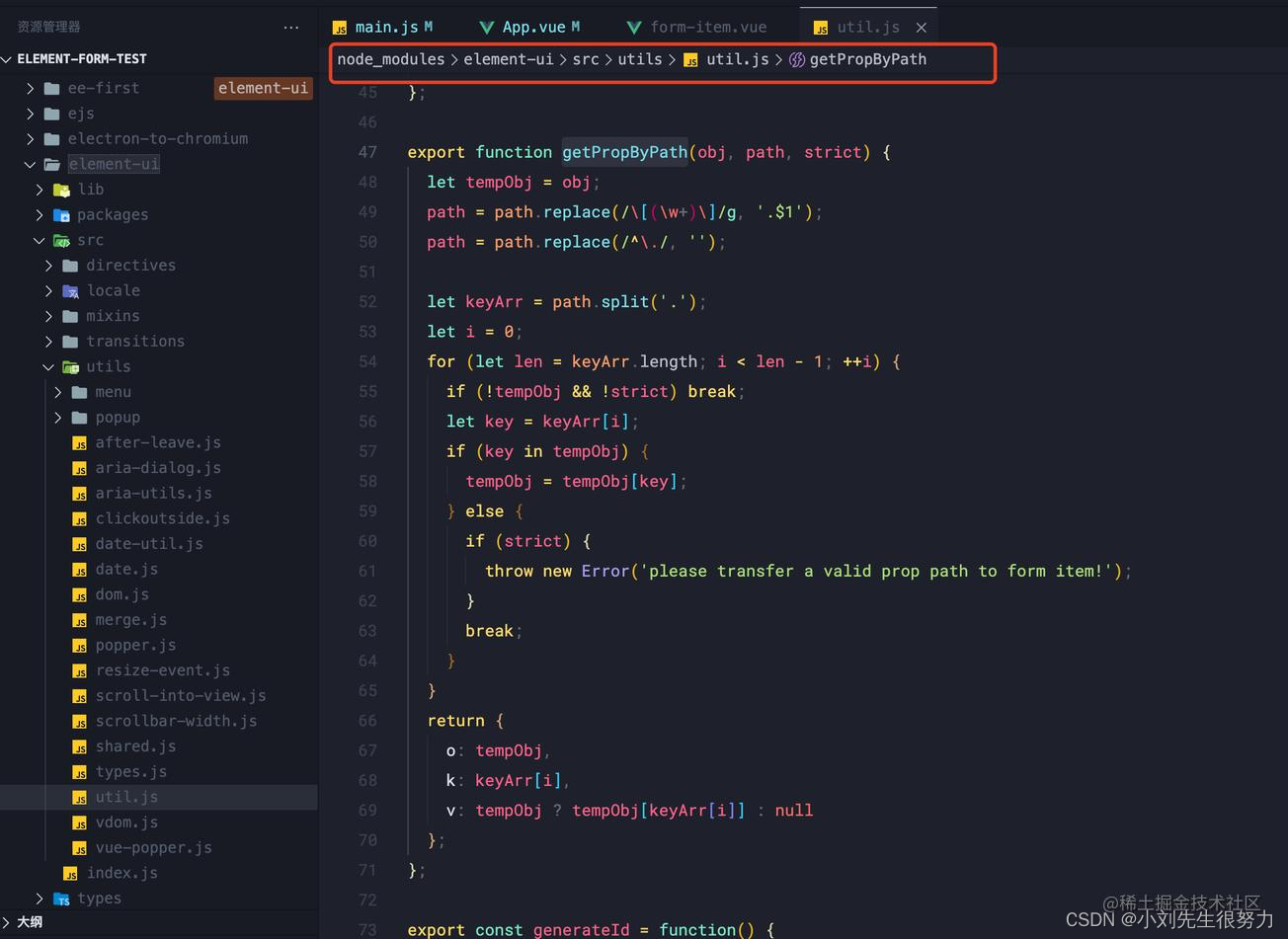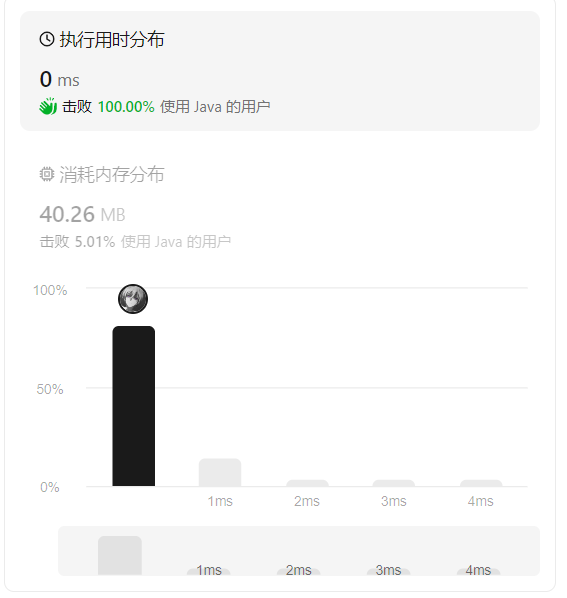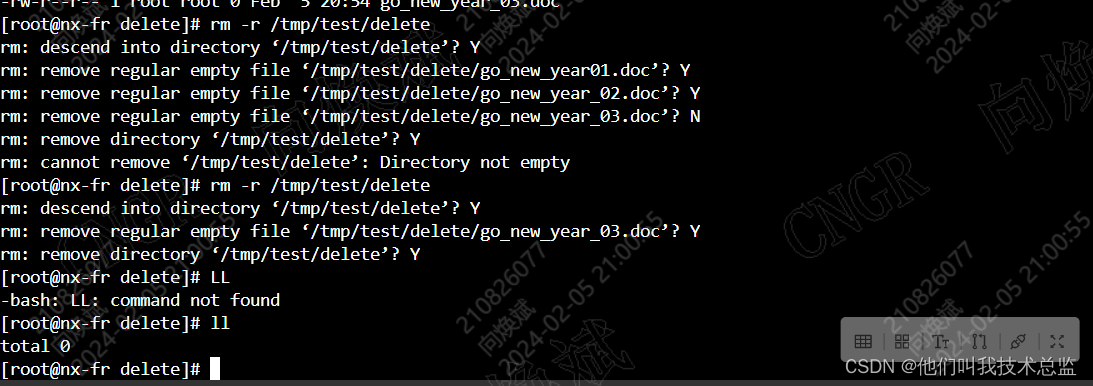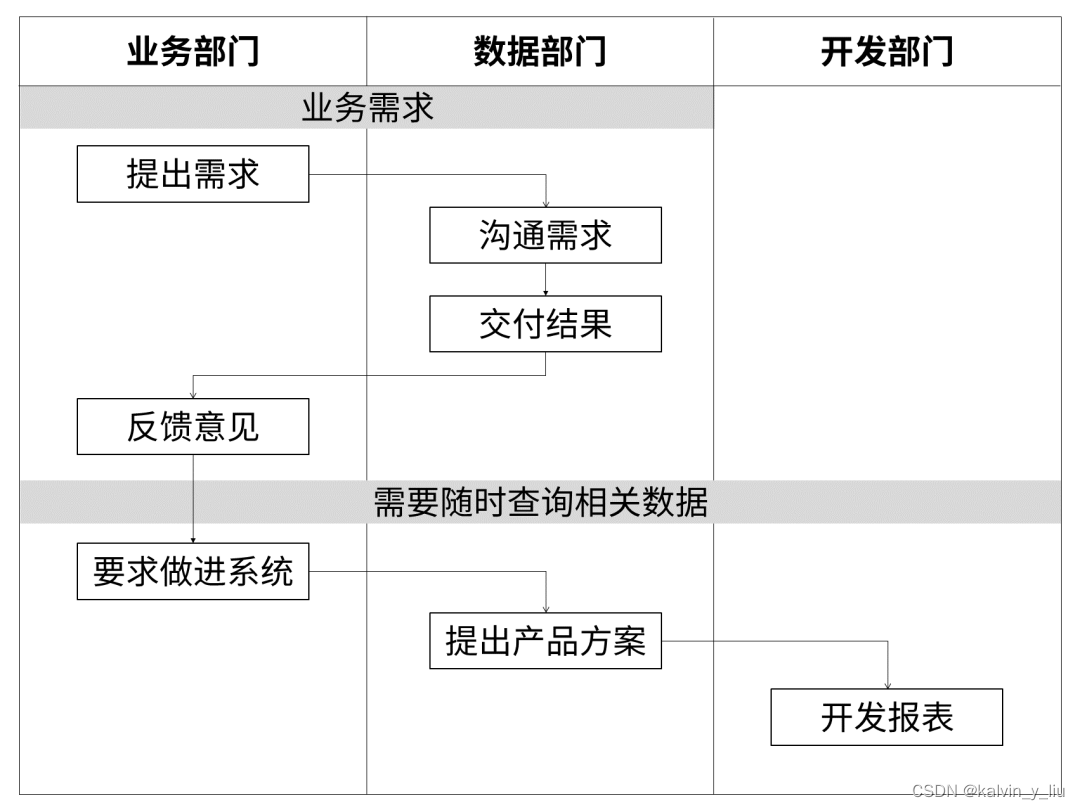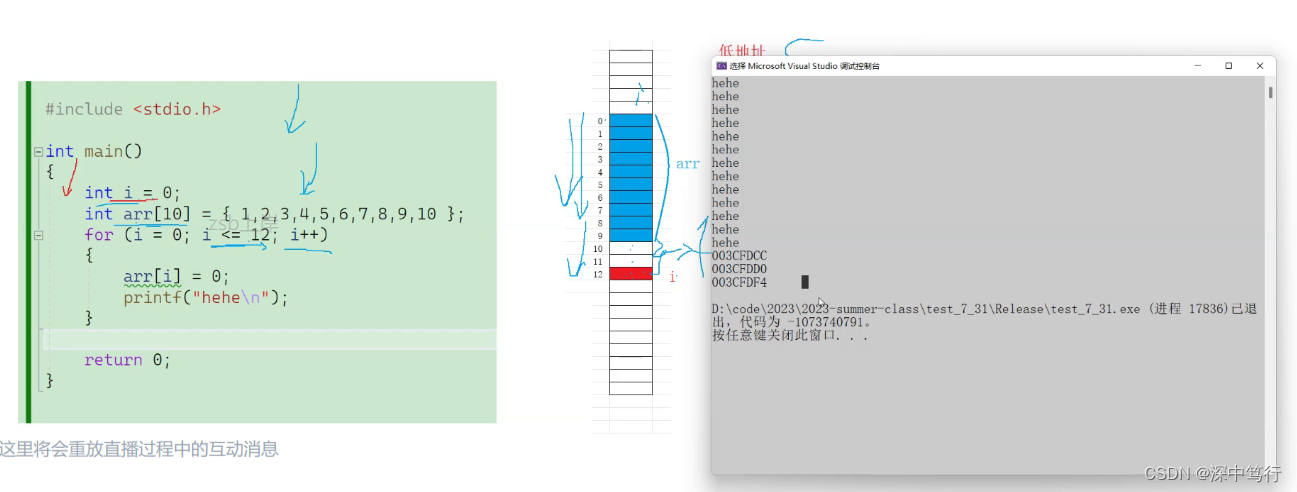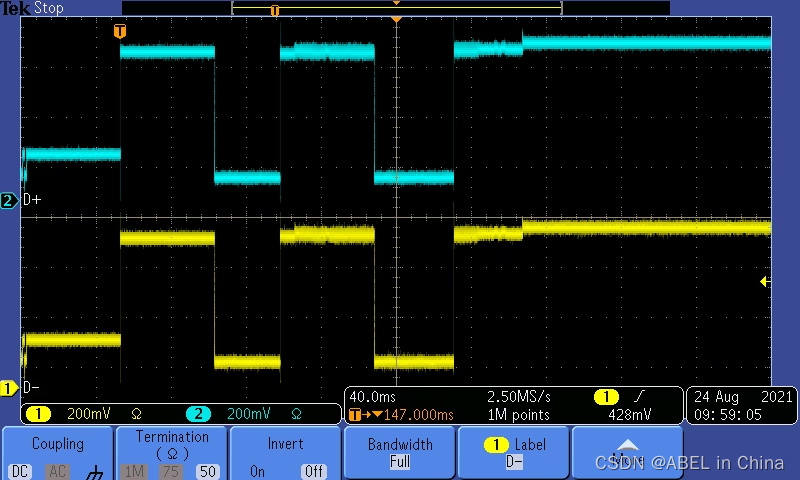目录
- **Spring5** 框架新功能系列一
- Spring 5.0 框架自带了通用的日志封装
- Spring5 **框架核心容器**支持@Nullable **注解**
- **Spring5** **核心容器支持函数式风格** GenericApplicationContext
- **Spring5** **支持整合** JUnit5
- 感谢阅读
开篇:
欢迎再次来到 Spring 5 学习系列!在这个博客中,我们将深入研究 Spring 5框架新功能系列+整合日志+ @Nullable注解 + JUnit5整合
Spring5 框架新功能系列一
整个 Spring5 框架的代码基于 Java8,运行时兼容 JDK9,许多不建议使用的类和方法在代码库中删除
Spring 5.0 框架自带了通用的日志封装
-
Spring5 已经移除 Log4jConfigListener,官方建议使用 Log4j2
-
Spring5 框架整合 Log4j2
第一步 引入 jar 包
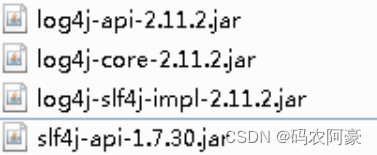
第二步 创建 log4j2.xml 配置文件
<?xml version="1.0" encoding="UTF-8"?>
<!--日志级别以及优先级排序: OFF > FATAL > ERROR > WARN > INFO > DEBUG > TRACE >
ALL -->
<!--Configuration 后面的 status 用于设置 log4j2 自身内部的信息输出,可以不设置,
当设置成 trace 时,可以看到 log4j2 内部各种详细输出-->
<configuration status="INFO">
<!--先定义所有的 appender-->
<appenders>
<!--输出日志信息到控制台-->
<console name="Console" target="SYSTEM_OUT">
<!--控制日志输出的格式-->
<PatternLayout pattern="%d{yyyy-MM-dd HH:mm:ss.SSS} [%t] %-
5level %logger{36} - %msg%n"/>
</console>
</appenders>
<!--然后定义 logger,只有定义 logger 并引入的 appender,appender 才会生效-->
<!--root:用于指定项目的根日志,如果没有单独指定 Logger,则会使用 root 作为
默认的日志输出-->
<loggers>
<root level="info">
<appender-ref ref="Console"/>
</root>
</loggers>
</configuration>
Spring5 框架核心容器支持@Nullable 注解
(1)@Nullable 注解可以使用在方法上面,属性上面,参数上面,表示方法返回可以为空,属性值可以
为空,参数值可以为空
(2)注解用在方法上面,方法返回值可以为空
(3)注解使用在方法参数里面,方法参数可以为空
(4)注解使用在属性上面,属性值可以为空
Spring5 核心容器支持函数式风格 GenericApplicationContext
//函数式风格创建对象,交给 spring 进行管理
@Test
public void testGenericApplicationContext() {
//1 创建 GenericApplicationContext 对象
GenericApplicationContext context = new GenericApplicationContext();
//2 调用 context 的方法对象注册
context.refresh();
context.registerBean("user1",User.class,() -> new User());
//3 获取在 spring 注册的对象
// User user = (User)context.getBean("com.atguigu.spring5.test.User");
User user = (User)context.getBean("user1");
System.out.println(user);
}
Spring5 支持整合 JUnit5
(1)先整合 JUnit4
第一步 引入 Spring 相关针对测试依赖

第二步 创建测试类,使用注解方式完成
@RunWith(SpringJUnit4ClassRunner.class) //单元测试框架
@ContextConfiguration("classpath:bean1.xml") //加载配置文件
public class JTest4 {
@Autowired
private UserService userService;
@Test
public void test1() {
userService.accountMoney();
}
}
(2)Spring5 整合 JUnit5
第一步 引入 JUnit5 的 jar 包

第二步 创建测试类,使用注解完成
@ExtendWith(SpringExtension.class)
@ContextConfiguration("classpath:bean1.xml")
public class JTest5 {
@Autowired
private UserService userService;
@Test
public void test1() {
userService.accountMoney();
}
}
(3)使用一个复合注解替代上面两个注解完成整合
@SpringJUnitConfig(locations = "classpath:bean1.xml")
public class JTest5 {
@Autowired
private UserService userService;
@Test
public void test1() {
userService.accountMoney();
}
}
感谢阅读
感谢您阅读 Spring 5 学习系列的第六篇!在这篇文章中,我们探索了Spring5的(框架新功能系列+整合日志+ @Nullable注解 + JUnit5整合 )
下一篇文章即将发布! 在第七篇中,我们将深入研究Spring 5的新特性,为您分享我学习的Spring5的收获,请继续关注我的系列。
谢谢您的陪伴! 如果您有任何问题、建议或想要了解的特定主题,请随时在评论中告诉我们。我们期待与您共同探索Spring 5,共同提升我们的Java开发技能!
敬请期待第七篇的发布,我们将很快与您再次见面!
学习视频来源尚硅谷Spring5
